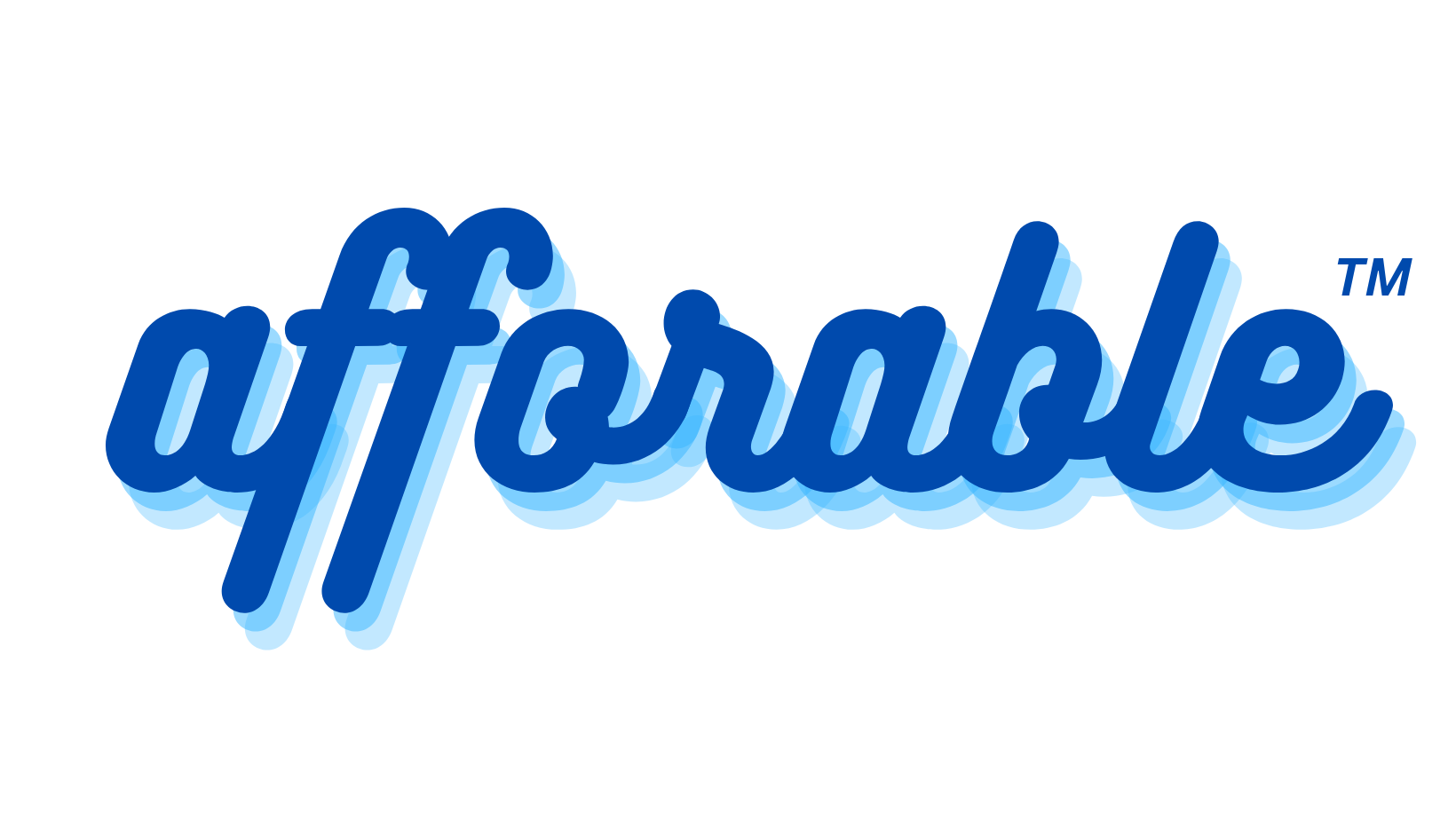The Affordable Care Act (ACA), since its enactment, has significantly impacted various aspects of healthcare in the United States, including prescription drug coverage and costs. This article explores how the ACA has influenced these areas, providing a deeper understanding of its role in shaping today’s healthcare landscape.
Expansion of Prescription Drug Coverage
One of the key achievements of the ACA is the expansion of prescription drug coverage. Prior to the ACA, many health insurance plans offered limited or no coverage for prescription medications. The ACA mandated that prescription drugs be included as one of the ten essential health benefits in health insurance plans sold through the Marketplaces. This requirement led to more Americans gaining access to necessary medications without bearing the full cost.
Closing the Medicare Part D ‘Donut Hole’
A significant impact of the ACA was on Medicare recipients, particularly through the gradual closing of the Medicare Part D coverage gap, commonly known as the ‘donut hole.’ Before the ACA, Medicare Part D beneficiaries were required to pay 100% of prescription drug costs out of pocket after reaching a certain spending limit until they hit the catastrophic coverage threshold. The ACA implemented discounts and subsidies within this gap, greatly reducing out-of-pocket costs for seniors.
Impacts on Prescription Drug Costs
The ACA’s approach to prescription drug costs is multifaceted. On one hand, the expansion of coverage and the closing of the Medicare ‘donut hole’ have made medications more affordable for many. On the other hand, the broader coverage requirements have led to debates about the overall impact on insurance premiums and the healthcare system’s sustainability.
Incentives for Generic Drug Use
The ACA also encouraged the use of generic drugs as a cost-saving measure. By making it easier for generic drugs to enter the market and incentivizing their use, the ACA aimed to reduce healthcare costs for both individuals and the healthcare system.
Preventive Services and Prescription Medications
Under the ACA, preventive services, including certain prescription medications, must be covered without cost-sharing. This provision means that medications for conditions like high blood pressure or high cholesterol are often available at no additional cost to the patient, encouraging preventive healthcare practices.
Controversies and Challenges
Despite its achievements, the ACA’s influence on prescription drug coverage and costs is not without controversy. Critics argue that while the law has increased access, it has not adequately addressed the underlying issue of high drug prices in the U.S. Moreover, the pharmaceutical industry’s pricing strategies continue to be a topic of intense debate and regulatory scrutiny.
Conclusion
The ACA has undeniably had a profound impact on prescription drug coverage and costs in the United States. While it has expanded access to medications and reduced costs for many, especially the elderly, challenges remain in controlling the overall price of drugs. As the healthcare landscape continues to evolve, further reforms and innovations will be necessary to address these ongoing issues effectively. The ACA’s legacy in this area highlights both the progress made and the work still needed to ensure that all Americans can afford the medications they need for their health and well-being.

